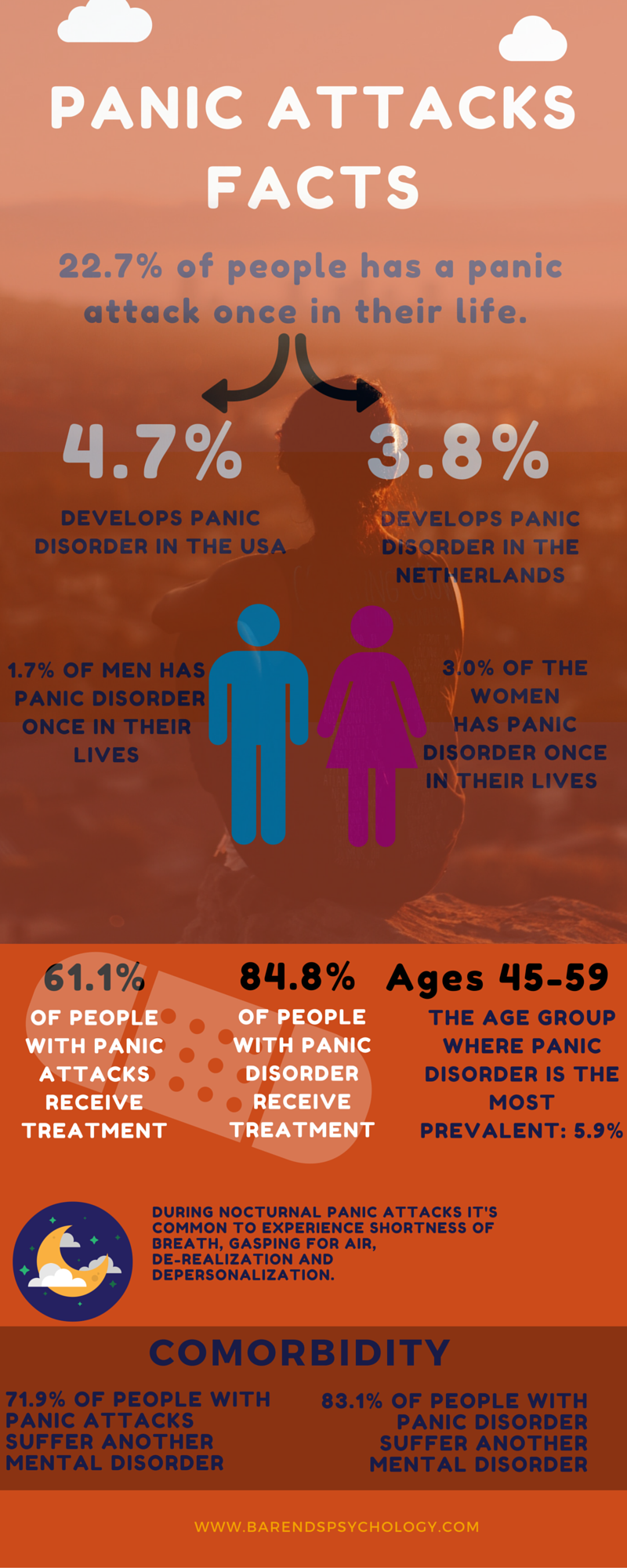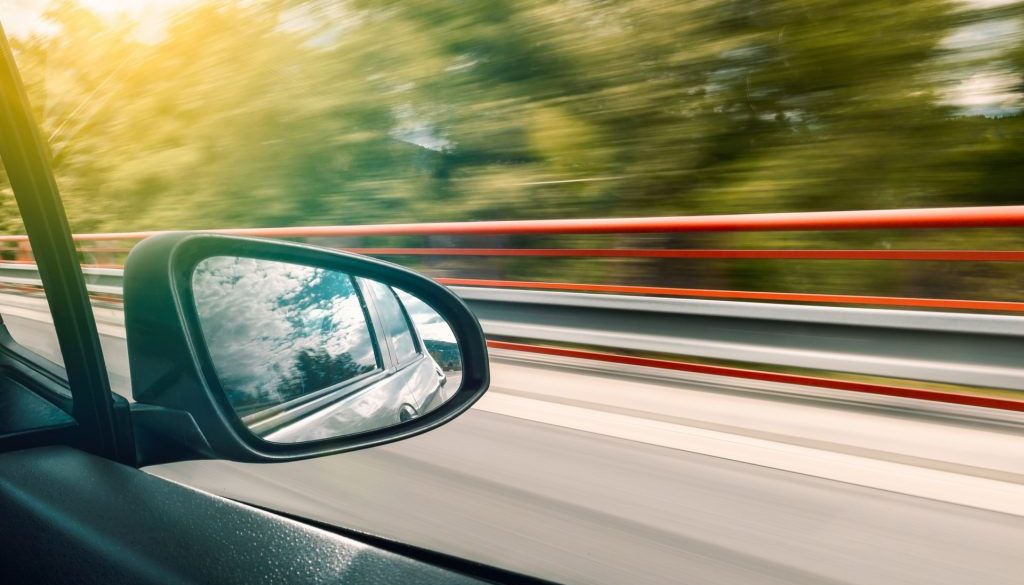How to Deal with a Panic Attack While Driving
How to Deal with a Panic Attack While Driving
If you’ve ever experienced a panic attack while driving, you know it can be quite scary and even dangerous. You may not realize that this is quite common, and you’re not alone. Many people face anxiety while driving, and there’s nothing wrong with you for having this experience. There are ways to approach the anxiety and panic attacks and find some relief.
Panic Attacks and Their Causes
 First, it can be helpful to understand what a panic attack is and what causes them. Panic attacks are periods of intense fear and debilitating anxiety. They can be so severe that many people believe they are having a heart attack when one is present.
First, it can be helpful to understand what a panic attack is and what causes them. Panic attacks are periods of intense fear and debilitating anxiety. They can be so severe that many people believe they are having a heart attack when one is present.
About one-third of US adults have a panic attack in their lifetime. Out of these, only a small percentage have chronic panic attacks, known as a panic disorder. Panic disorder is characterized by repeated panic attacks and bouts of fear and anxiety.
The causes of panic attacks vary greatly. There is a large genetic factor, with panic disorders and panic attacks running in families. Other life experiences such as large transitions (graduation, divorce, birth of a child, etc.), withdrawal from medication, and trauma may also increase risk of anxiety and panic attacks. The use of stimulants such as cocaine, amphetamine, caffeine, and nicotine can also significantly increase the risk of panic attacks and panic disorder.
Finally, a panic attack may arise when you are perfectly safe. The overwhelming anxiety and fear may not be accurate to what you are facing. However, a small moment of anxiety or fear may kick off a panic attack. This is often the case while driving, as driving can be anxiety-producing for many people.
Anxiety while Driving
Anxiety and panic attacks on the road are just one way that panic and anxiety can arise. Students may experience anxiety during a test, and stressed parents may experience anxiety at night. Panic attacks while driving are another common way people experience panic disorders and anxious feelings.
Whether you have a panic attack while driving on the freeway or just sitting in your car before you get on the road, it’s important to know that this is not abnormal. Thousands of Americans experience this every year. By familiarizing yourself with the experience of having a panic attack, you can learn to approach the difficulty in a new way and work toward less frequent episodes.
Symptoms of a Panic Attack While Driving
The symptoms of anxiety while driving may vary from individual to individual. It also depends on the severity of the attack. If it is a mild anxiety attack, it may present dramatically different from a full-on panic attack. In general, symptoms of a panic attack while driving include:
- Increased heart rate, feeling like a “racing” heart
- Feelings of weakness or dizziness
- Tingling sensation in extremities
- Sweating or the presence of chills
- Sense of fear, terror, or impending doom
- Chest pains and/or difficulty breathing
- A feeling of lack of control
If you experience a panic attack while driving, these symptoms can be quite scary. As the panic attack arises, you may need to pull to the side of the road safely in order to ensure your safety and the safety of those around you. However, you should not act too hastily; make sure you safely pull off the road if you choose to do so.
Why Panic Attacks Happen When Driving
 Many people experience anxiety while driving, while some people have a foundational fear of driving. This may manifest in panic attacks while driving over bridges, while stuck in traffic, or while driving long distances. Some also experience anxiety while driving on the highway due to the speed and intensity.
Many people experience anxiety while driving, while some people have a foundational fear of driving. This may manifest in panic attacks while driving over bridges, while stuck in traffic, or while driving long distances. Some also experience anxiety while driving on the highway due to the speed and intensity.
Depending on your relationship to the experience of driving, it can be a stressful activity to begin with. Because of the associated dangers of cars, the lack of control over other cars and drivers, and the lack of confidence that may arise in one’s own driving abilities, the experience of driving is stressful for many people.
A panic attack can arise while driving because of a single event such as slamming on the brakes or being stuck in traffic. However, many people experience panic attacks while driving that are unprovoked. They seem to arise out of nowhere. Although a single event may not give rise to a panic attack, it is often the inherently stressful or anxiety-producing nature of driving that stimulates the episode.
Ways to Calm a Panic Attack While Driving
There are many ways to reduce anxiety while driving. You can do some things in the moment when the panic attack arises, but a lot of the care comes in the times you are not driving. Here are a few things you can do.
Safety is Key
First, the number one priority is your safety and the safety of those around you. If you are experiencing a panic attack while behind the wheel, it can be hard to remember this. If you do decide to slow your car or pull off the road, make sure you do so safely. Dramatic movements and swerving can make the panic worse, so keep it in mind to drive safely. There’s nothing wrong with parking your car while you allow the panic attack to pass!
Daily Anxiety Relief Methods
 One of the best things you can do to help relieve anxiety and panic attacks is change your lifestyle. You can remove things that worsen anxiety, such as stimulants, stressful situations, and difficult people. You can also add in things that support ease like exercise, healthy eating, and periods of relaxation. Seeking help from a therapist or support group has also proven beneficial for many. Individual therapy sessions have been found to be helpful, as have therapy groups and social support.
One of the best things you can do to help relieve anxiety and panic attacks is change your lifestyle. You can remove things that worsen anxiety, such as stimulants, stressful situations, and difficult people. You can also add in things that support ease like exercise, healthy eating, and periods of relaxation. Seeking help from a therapist or support group has also proven beneficial for many. Individual therapy sessions have been found to be helpful, as have therapy groups and social support.
Calming Techniques
Whether you’re experiencing a panic attack or just driving peacefully, you may consider incorporating some relaxation techniques into your driving habits. There are ways you can meditate while driving, and you can find ways to invite relaxation into your driving experience. You don’t want to over-prepare and convince yourself that you’re bound to experience anxiety, but you may consider gentle options like relaxing music, breathing techniques, and scheduling breaks in your driving to allow your nervous system some time and space to relax.
Change the Focus
One thing that can be useful in working with panic attacks while driving is the simple changing of your focus. Try putting some music on, listening to a podcast, or talking to a passenger. When you engage your mind gently with something else, you can turn the focus away from any anxiety and allow it to subside. If anxiety does start to arise, you may consider turning the music down to help yourself relax.
Finding Help
There are many therapists and mental health professionals with experience working with those experiencing panic attacks. If you or somebody you know is struggling with anxiety or panic attacks, reach out for help. I am available for in-person and long-distance counseling sessions. To get started, just click the image below.
Receive updates from my blog!


